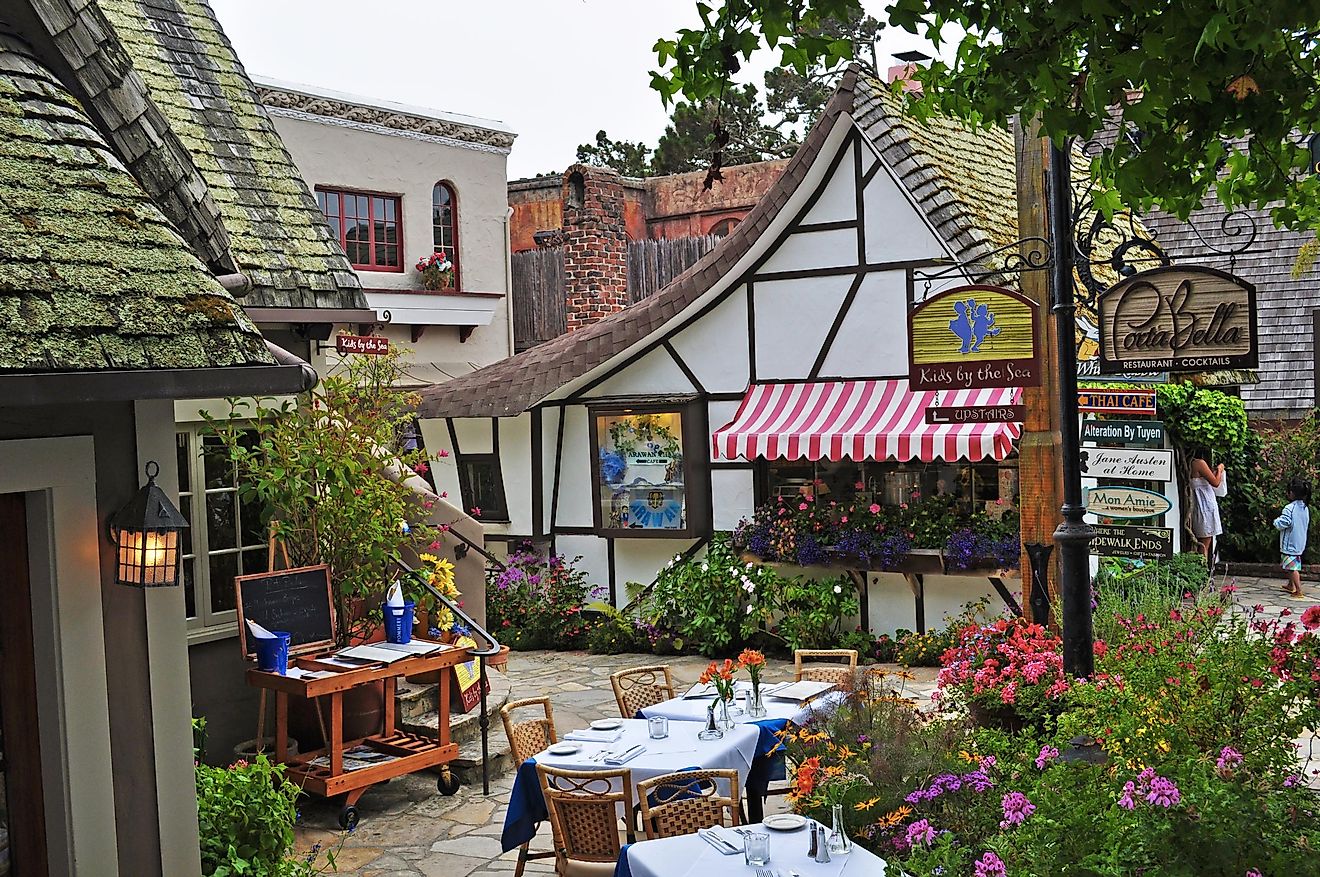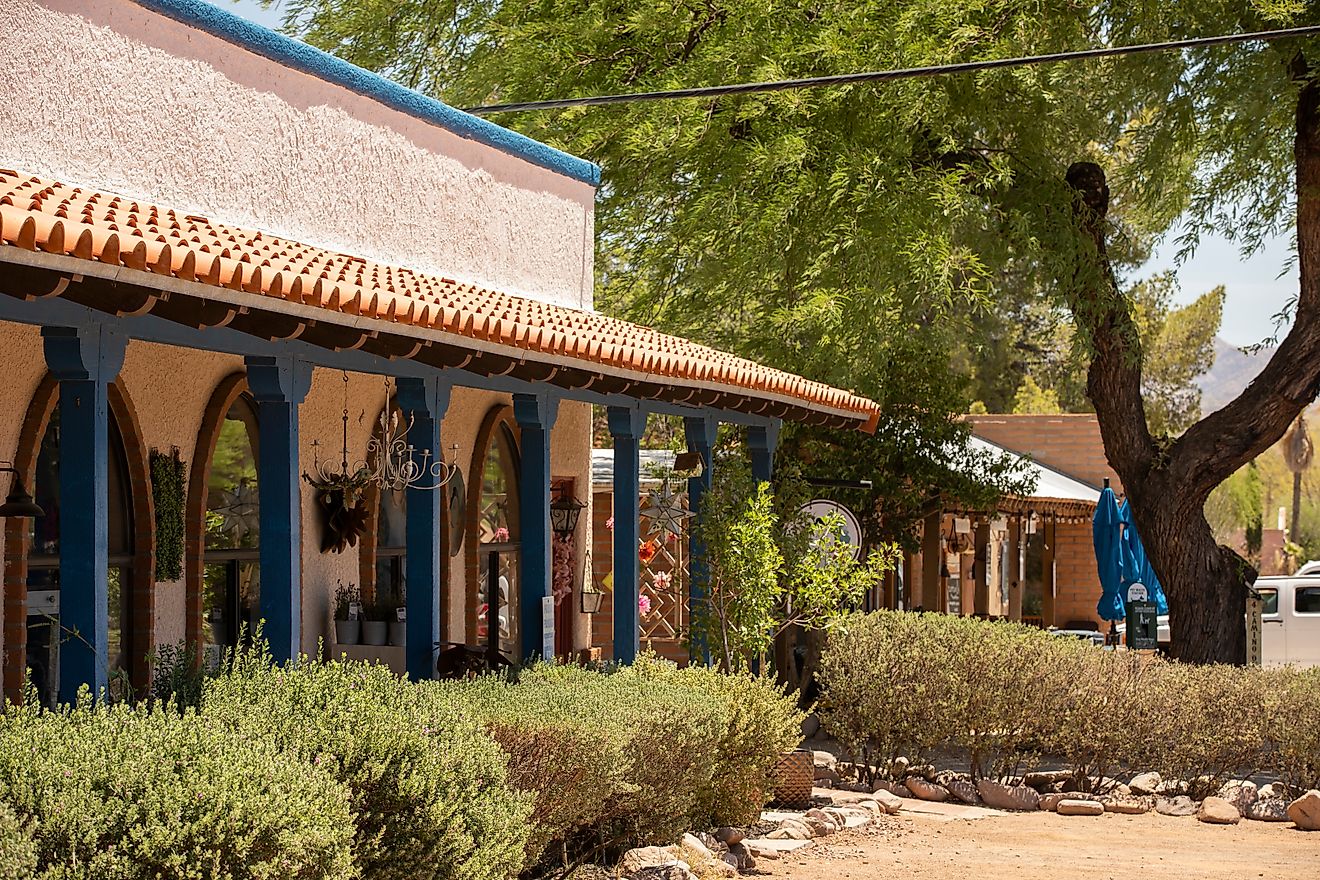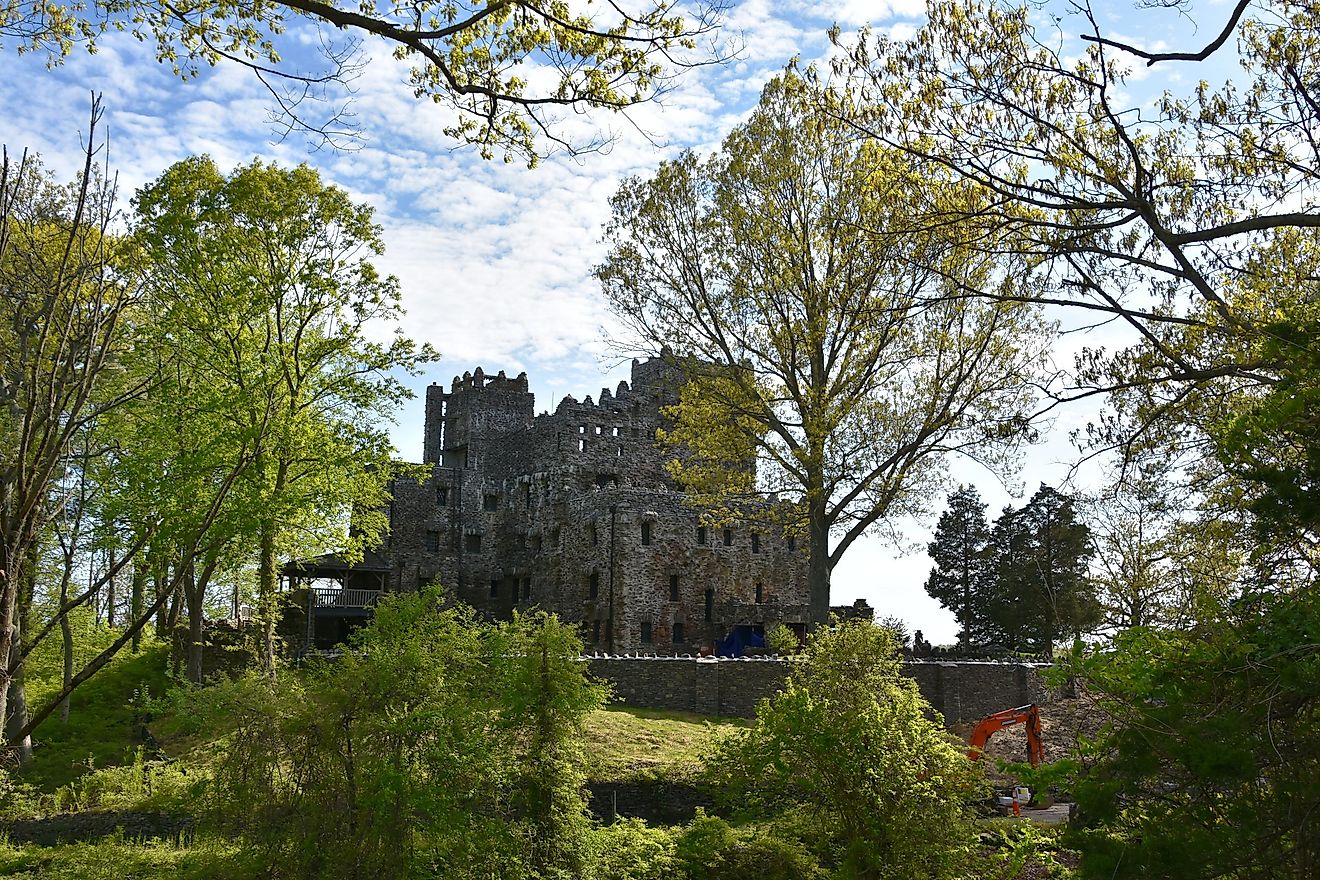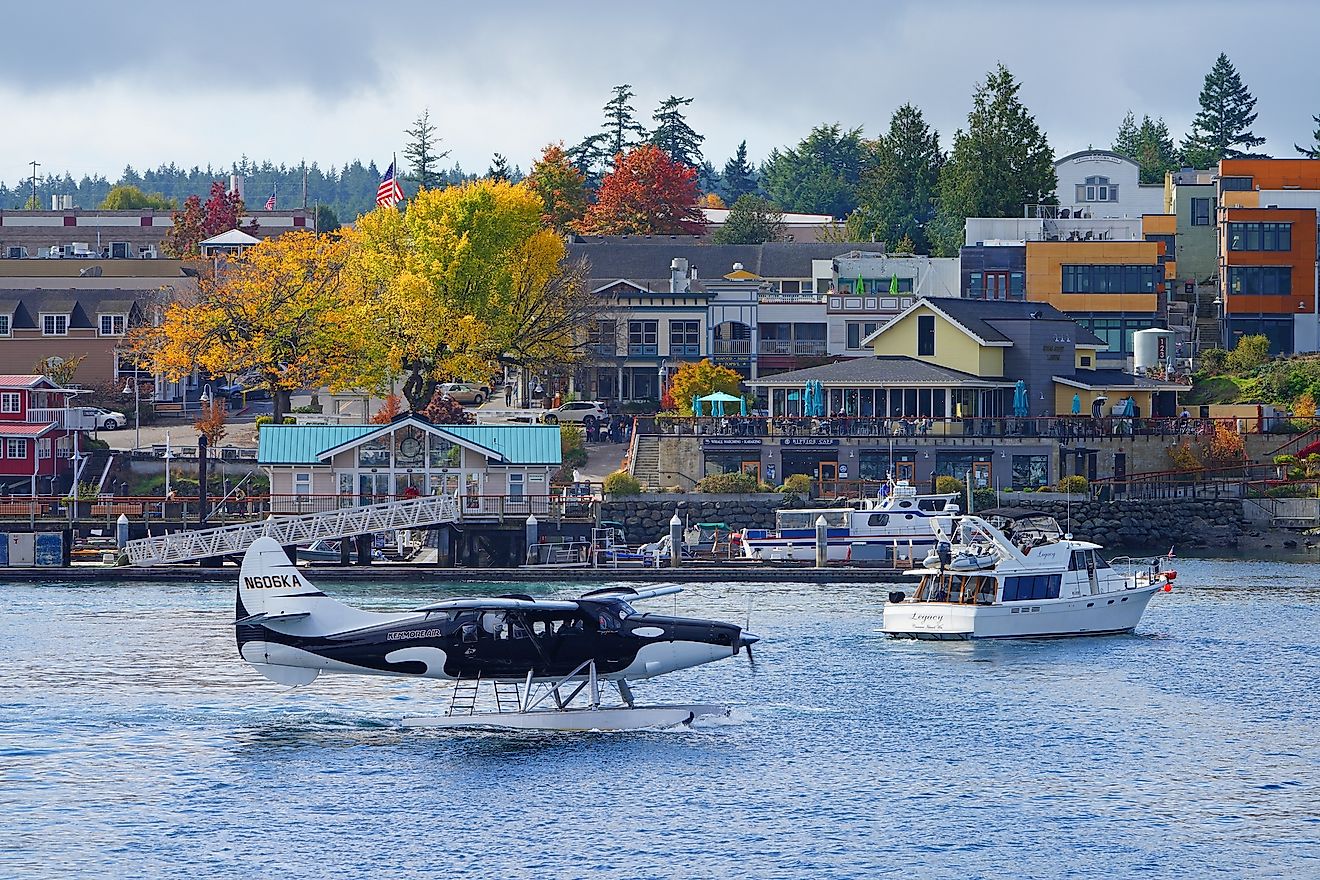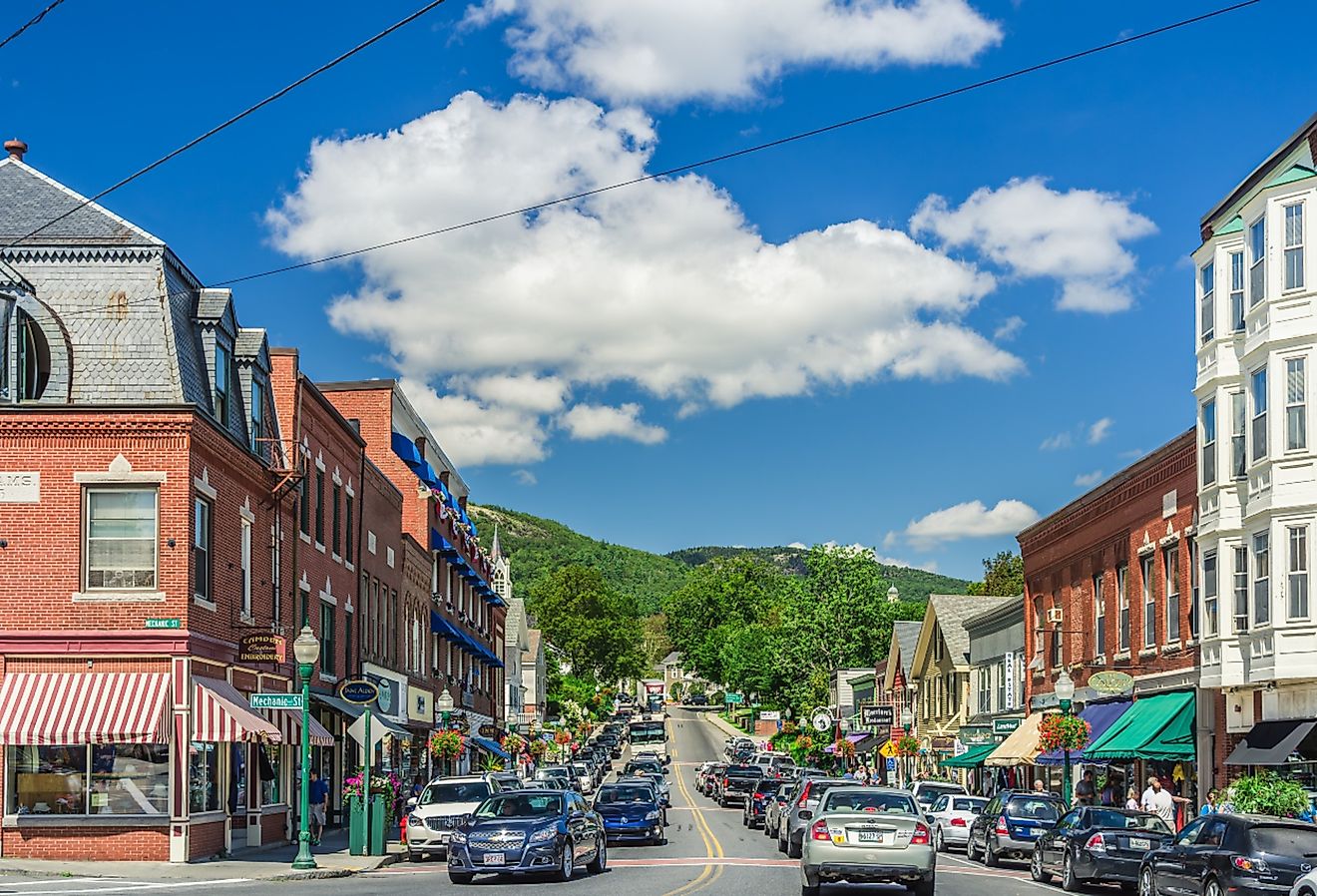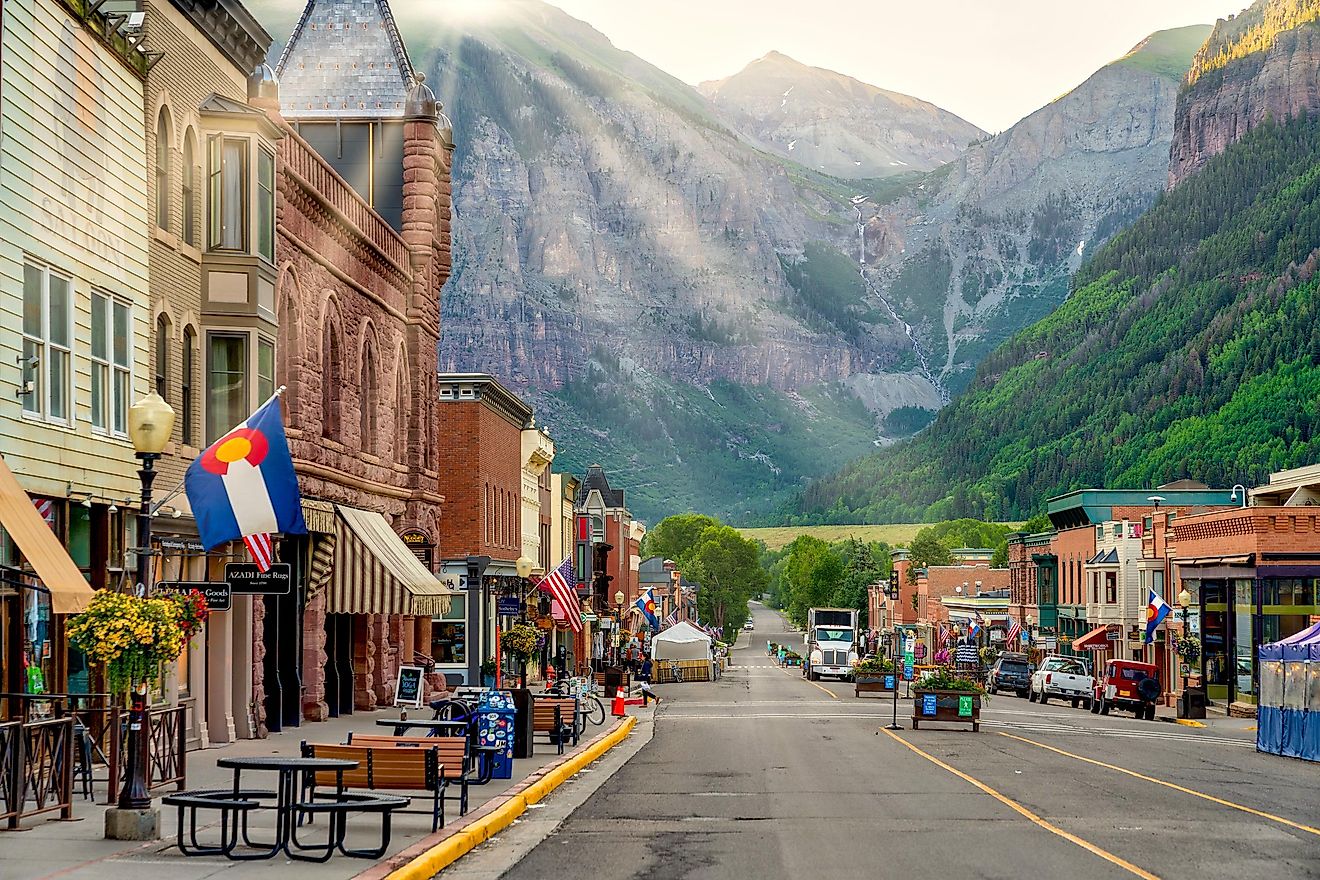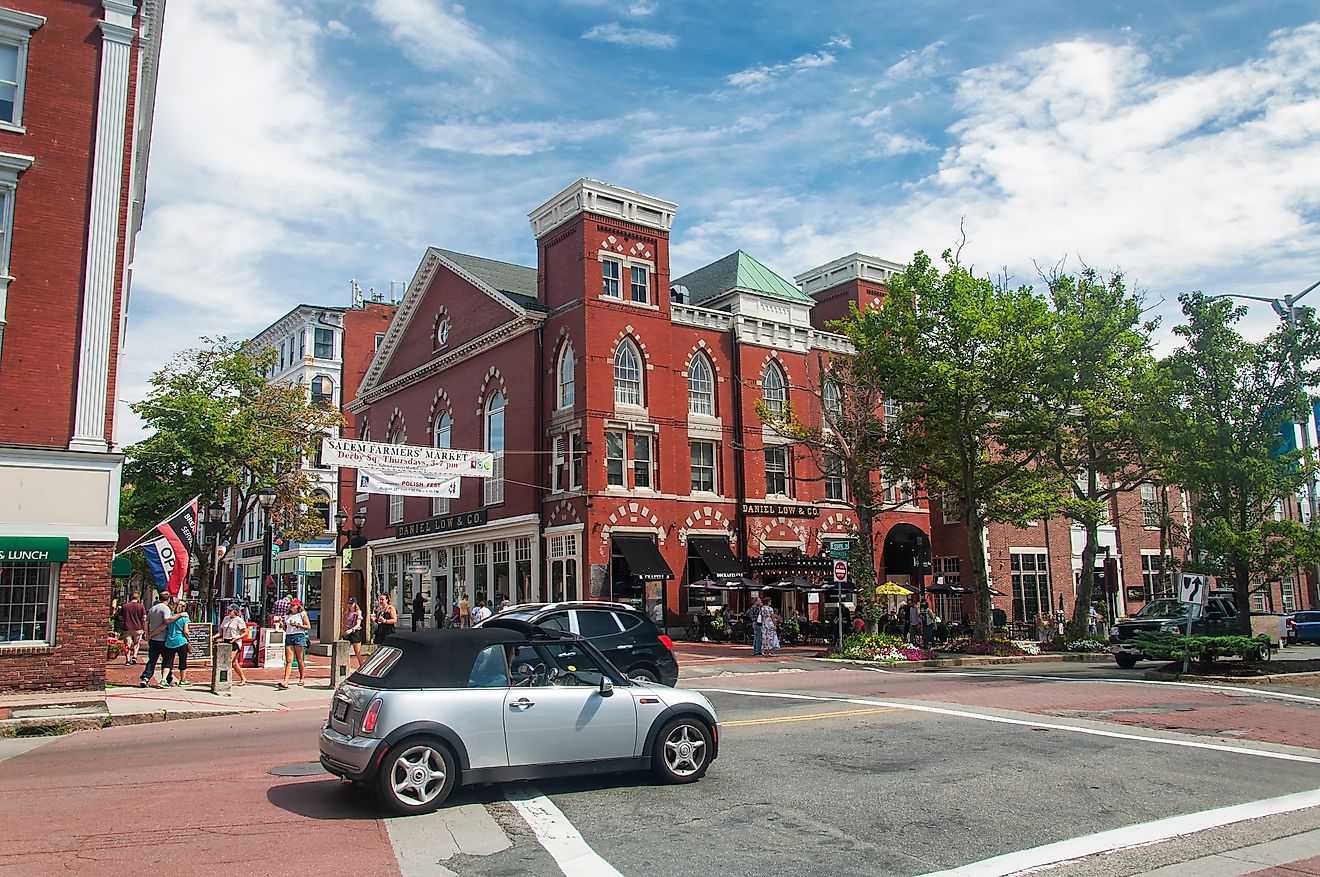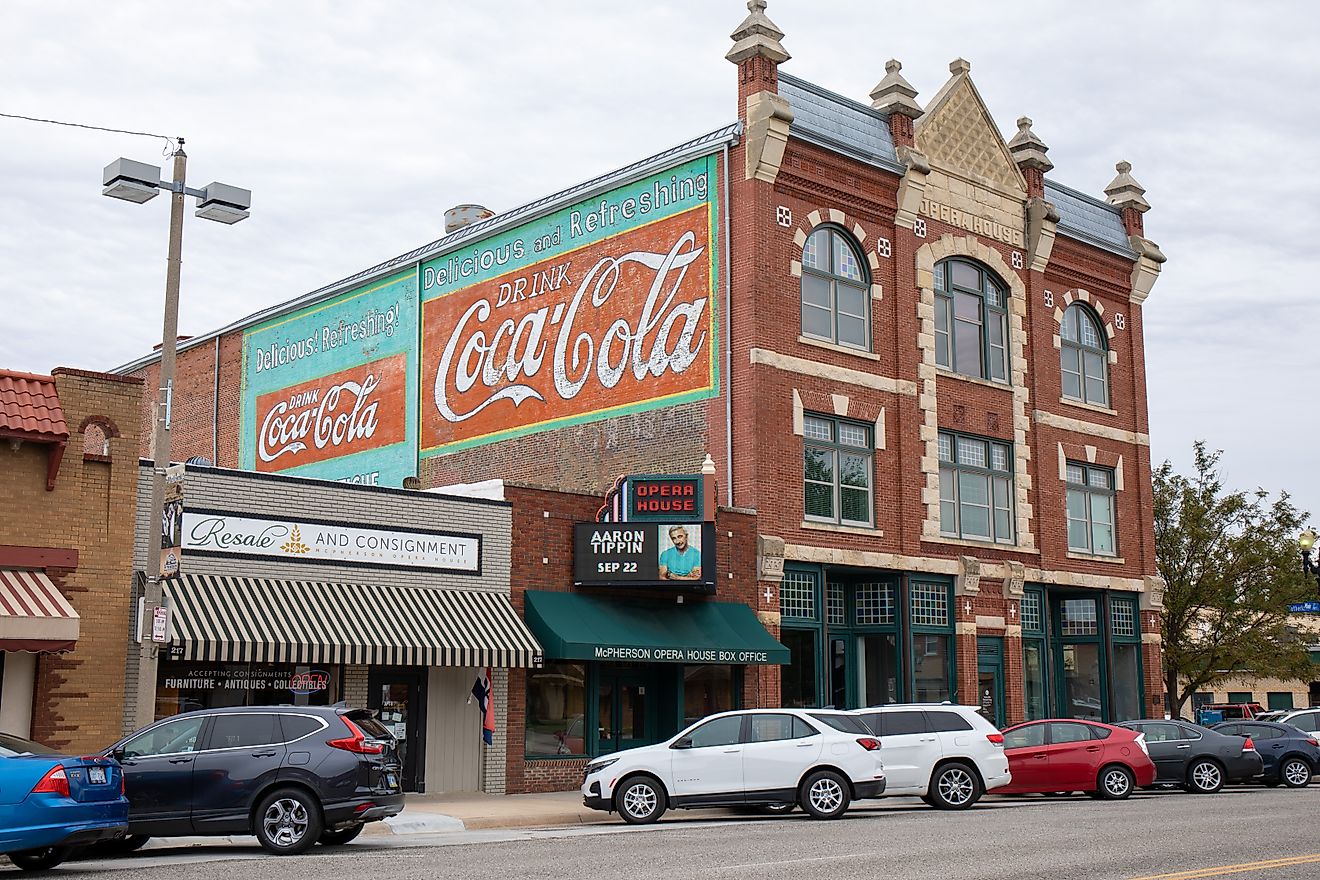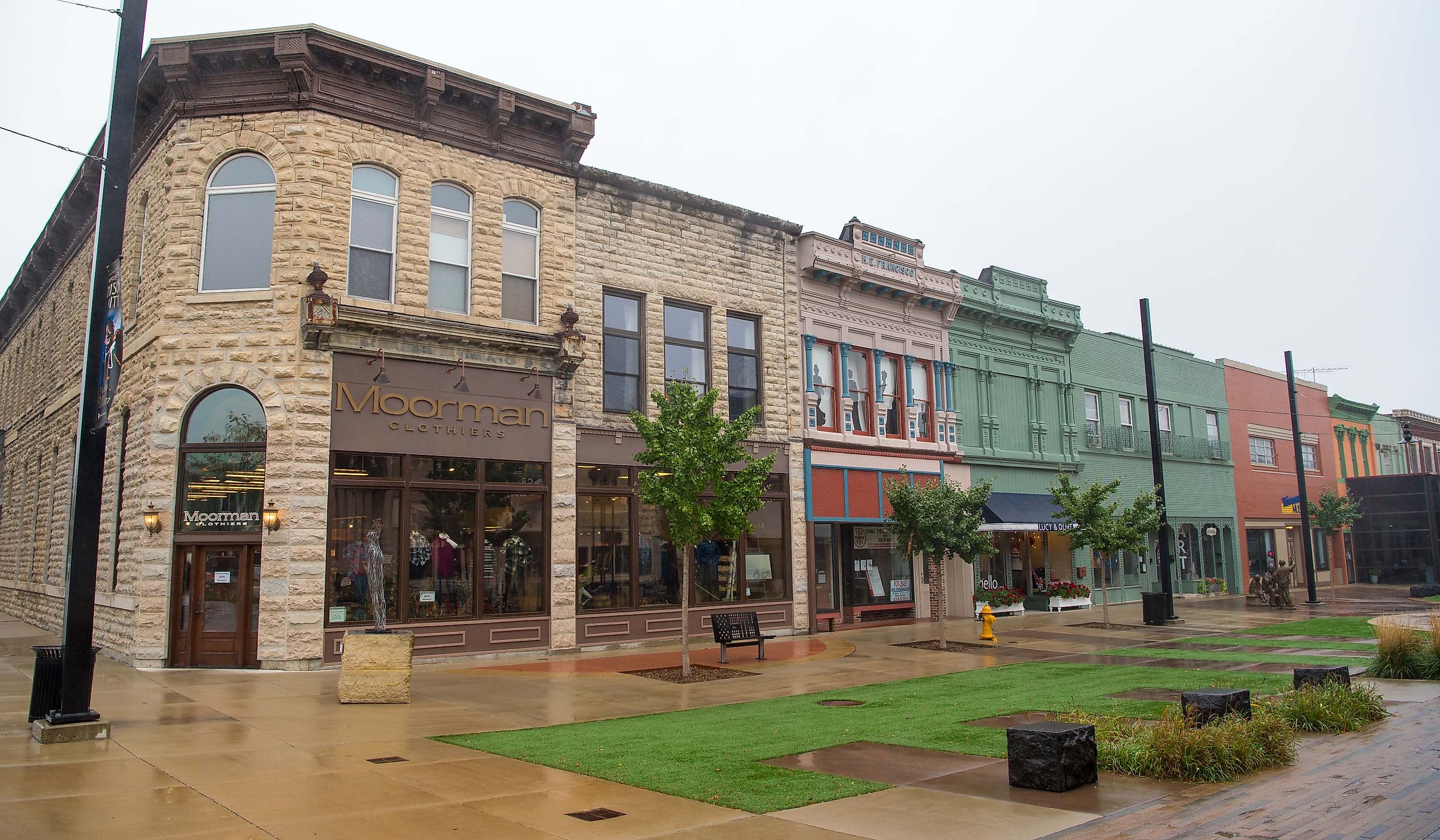
These 7 Iowa Towns Have The Best Historic Districts
Established in 1838 as the Iowa Territory, the state of Iowa has remained one of the most integral parts of the Midwest since its incorporation into the Union in 1846. Across nearly two centuries, the Hawkeye State has undergone significant transformation through conflict, commerce, and community, and many of its pioneer towns have preserved records and remnants that document such changes. Their central business districts further this journey down memory lane, many of them recognized by National Register of Historic Places listings.
Much like the Mississippi Valley’s Quad Cities, such as Davenport, some territories witnessed the early advances of figures like Colonel George Davenport. Others, meanwhile, were planted in the complicated aftermath of Native land cessions following conflicts such as the Black Hawk War. These events cleared paths for infrastructural developments, including the construction of bridges over the Mississippi River into Illinois. At the same time, civil rights awareness and abolitionist voices also echoed here as early as the 1830s. The rise of commerce, supported by its determined citizens, propelled Iowa towns to flaunt their public cores and cultural pride centuries later.
Newton
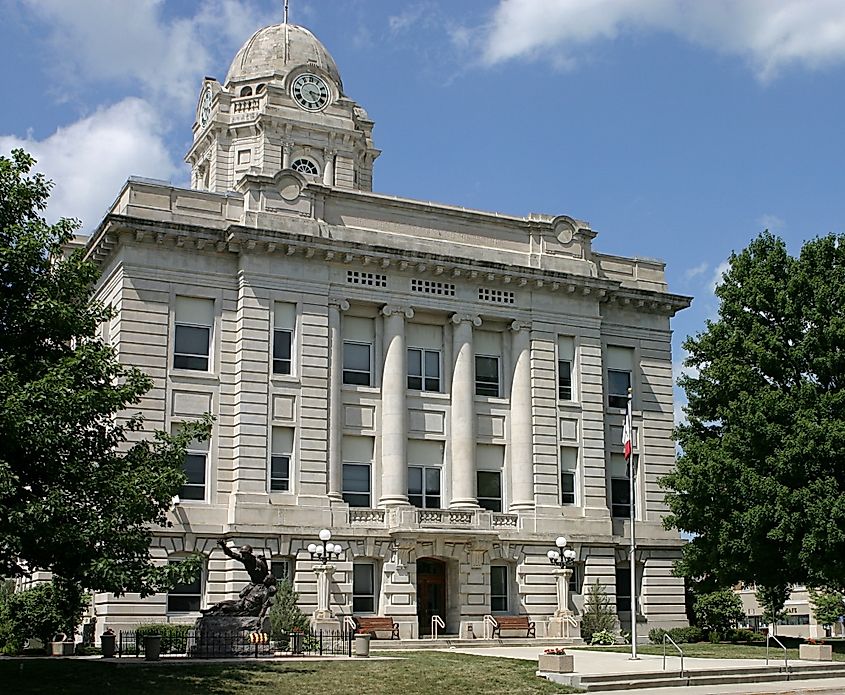
Newton advanced toward commerce with the Mississippi and Missouri Railroad and the Chicago, Rock Island and Pacific line. Coal mining also gave the town an industrial edge as the following century brought manufacturing into focus, thanks in part to Maytag and its washing machines. Centuries later, the Newton Downtown Historic District includes landmarks such as the Jasper County Courthouse. Masons finished the limestone county seat in 1911, topping it with a square central tower. Most buildings in the district follow a brick-and-stone pattern, with storefronts and civic halls laid in a masonry style prevalent across early 20th-century streets.
Not far away, Newton Arboretum & Botanical Gardens spans six acres within Agnes Patterson Park, centered on native plantings designed for both display and preservation. Flowering patches bring in butterflies each spring, while the prairie beds fill with grasses, shrubs, and seasonal blooms. Big Aluminum Bugs, a trio of supersize aluminum insect sculptures put together using recycled parts, stands northwest of downtown Newton as one of the city’s most playful roadside art pieces.
Waverly
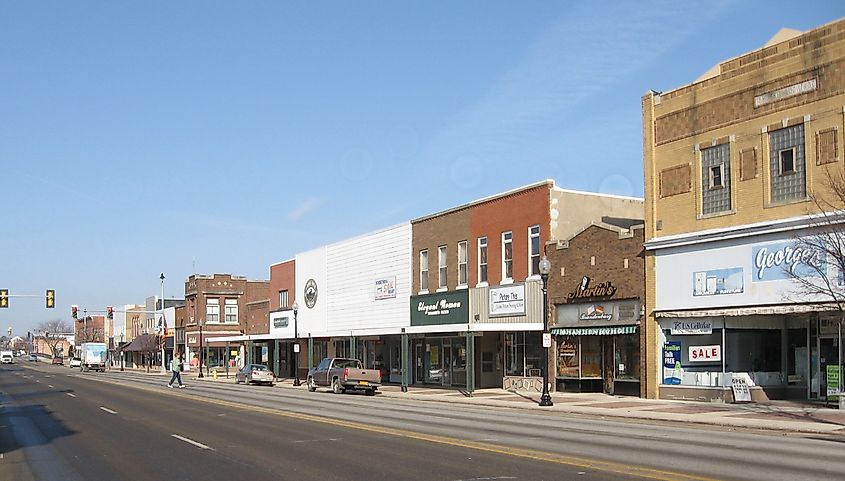
Waverly rose where the Sauk, Ho-Chunk, Pottawattomi, and Meskwaki tribes lived for centuries before surrendering their land in the aftermath of the Black Hawk War. Log houses evolved into storefronts and town grids over the years, albeit most buildings remained modest, rarely climbing past two stories. The Waverly East Bremer Avenue Commercial Historic District developed along one of the first business corridors, where small shops and apartment units grew in tandem with the Chicago Great Western Railway.
The city’s Municipal Hydroelectric Powerhouse, listed on the National Register of Historic Places, added early industrial character near the river. The Cedar River cuts across Waverly in a broad stream, lined with green pockets and dotted by the quirky Big Red Mug near the linked park system. South of the river, tree cover furthers near Ingawanis Woodlands, where a mountain bike trail begins and continues through forest corridors toward Cedar Falls and Waterloo.
Muscatine
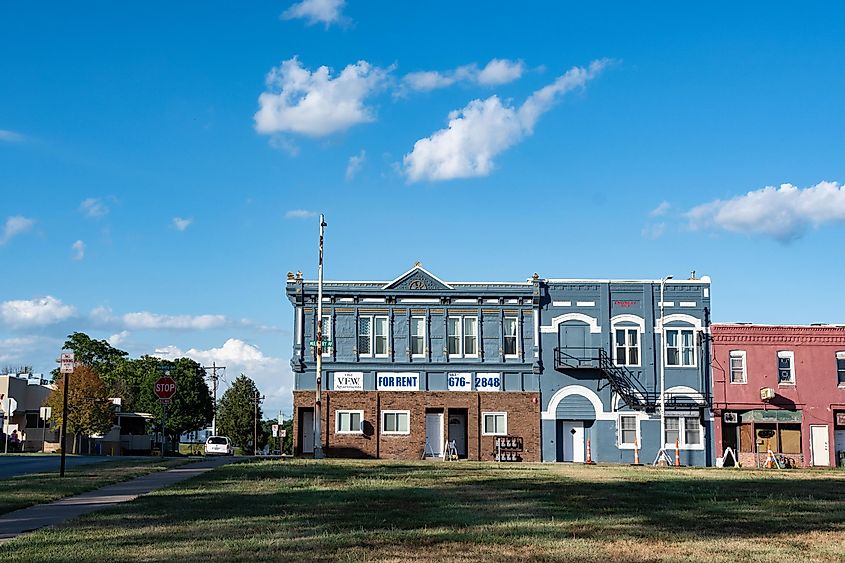
Muscatine did not inherit the title "Pearl of the Mississippi River" but earned it through a history shaped by commerce, migration, and activism. Nearly two centuries of recorded history are concentrated in the Downtown Commercial Historic District, with over one hundred buildings. Flat riverside land gave convenient rise to mills, factories, and shopfronts, spreading across a twelve-block stretch connected through Mississippi Drive. During the Civil War, Muscatine gave cover to fugitive slaves escaping the South as well as Black migrants from the East who remained at risk. Among the community’s civil rights voices stood Alexander G. Clark, whose work tied Muscatine to broader national struggles.
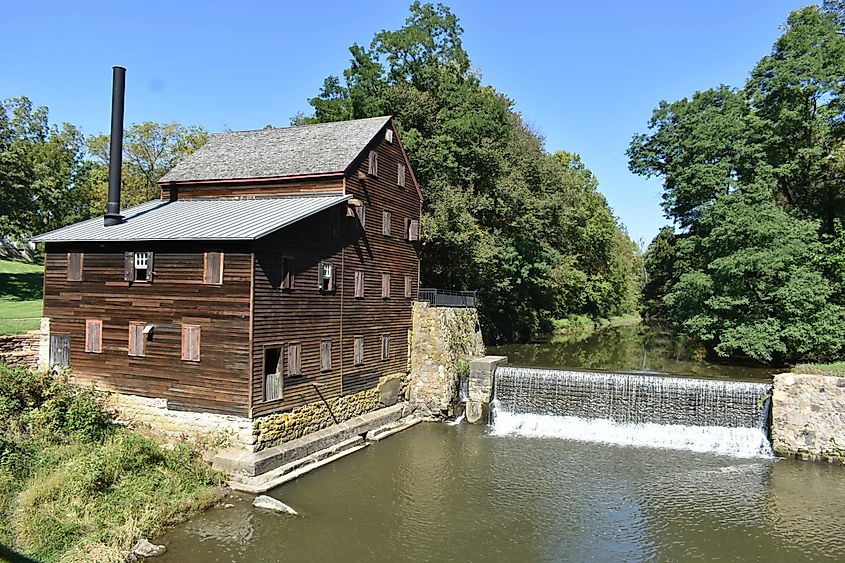
Pliny and Adelia Fay were among the first settlers in the 1830s, back when the town still went by Bloomingdale. Like many pioneers, their success translated into property, including a mansion still standing in the 102-acre West Hill Historic District, alongside Clark’s own. The Fays’ residence, with its Georgian chimneys and a Palladian window, has remained intact since 1854. As the city expanded, Muscatine assimilated culture alongside trade. Near the river, the Japanese-style garden’s waterfalls, ponds, and stone pagodas at the Muscatine Art Center exemplify its diversity. It also complements landmarks like the World’s Largest Watermelon Sculpture, weighing 16,000 pounds.
Burlington
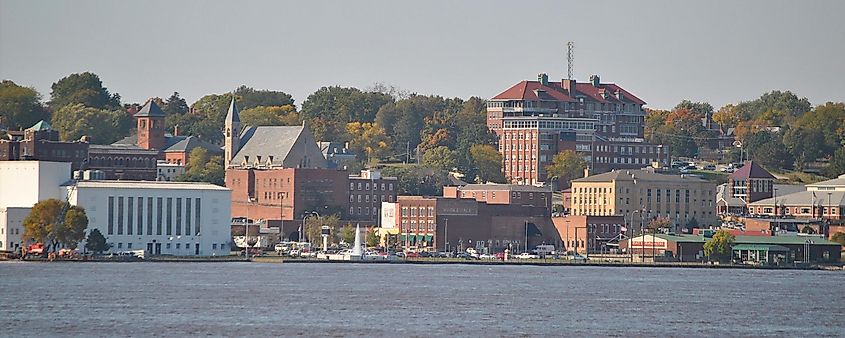
Burlington’s story cascades across several historically significant sites, beginning with the eminent Downtown Commercial Historic District. Its roots trace to the Civil War era growth and railroad expansion along the Midwest and the Driftless Area. Though stylistically inclined toward Southern Europe through Italianate and Romanesque forms, the buildings were erected squarely within the Victorian era, and that contemporaneous influence remains prevalent. A notable landmark is the Hotel Burlington at North Third Street, with its tall, Renaissance-style block now housing apartments under its original name.
At the edge of town where the Mississippi River separates Iowa from Illinois, Snake Alley winds down from Washington to Columbia Street in a serpentine fashion, which many count among the most crooked streets. Its curves form part of the Heritage Hill Historic District, known for preserving mid-19th-century homes. One of those homes stands as the Garrett Phelps House Museum, offering a look inside early Burlington life. Near Third Street, the Capitol Theater opened in 1937, donning an Art Deco-style outlook. After renovation, it resumed screening classic films and Sunday matinees beneath its vintage marquee for attendees.
Marion
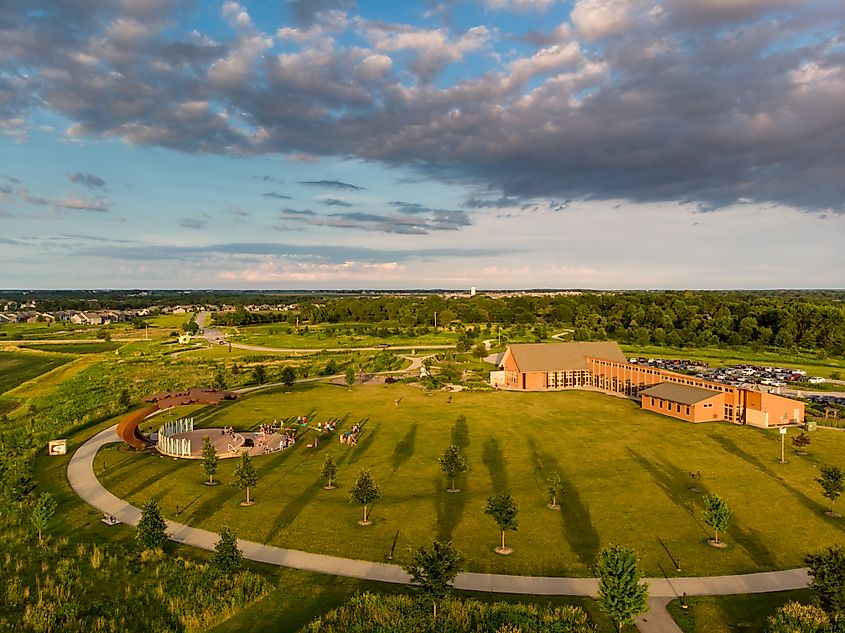
Marion thrives just north of Cedar Rapids, its Marion Commercial Historic District emerging around the old railroad station after trains started running through the region in the 1850s and 1860s. As the city’s commercial heart formed around the depot, the then‑Linn County seat reached its highest point from 1855 to 1919. As the business district expanded over nearly eleven acres, many landmarks turned into enduring icons of Marion and remain so today. Buildings along 7th and 10th Streets feature ornate Late Victorian and Greek Revival facades. The former Carnegie Public Library on 7th Avenue continues to spellbind with its Bedford stone and restrained Classical Revival style, even though it no longer holds manuscripts.
Stepping beyond downtown, Marion invites walks in the meadowlands of Wanatee Park, where trails gently cross streams, and in Lowe Park, where its ball diamonds and Irish Drive entrance provide peaceful green space. The city complements its commercial and recreational areas with cultural events that enliven the district. Each September, the Swamp Fox Festival brings Uptown together with parades, live music, 5K runs, and fireworks. Come May, the Marion Arts Festival features nationally invited artists alongside hands-on craft zones for local residents.
Mason City
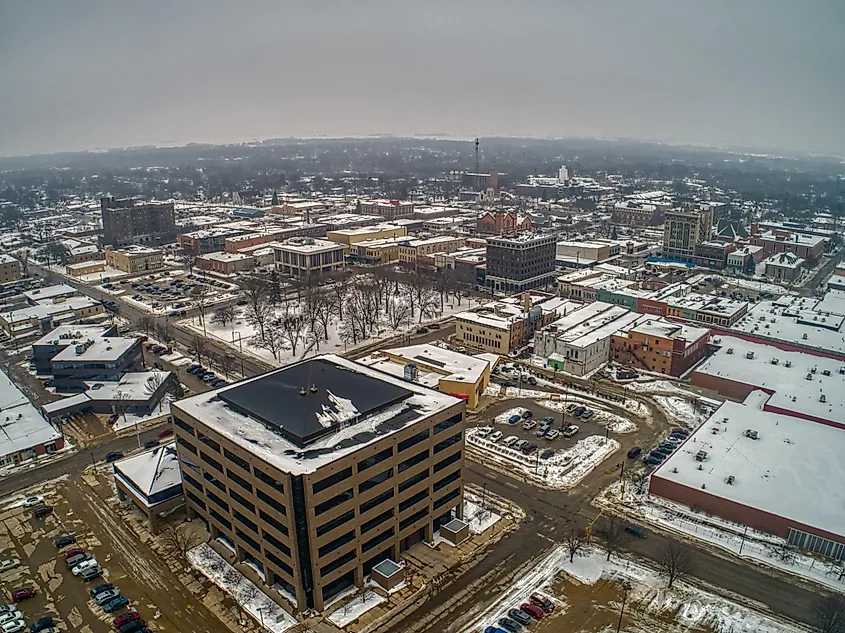
Mason City prospers along the Winnebago River, where fertile wetlands and thick foliage range before its banks, connecting the town to neighboring Clear Lake. The Prairie School legacy leaves its strongest imprint in the Rock Crest-Rock Glen Historic District, home to dozens of early 20th-century architectural compositions set within a wooded ravine that emphasizes horizontal lines and local materials. In nearly 50 acres of the Mason City Downtown Historic District, the former Public Library from the 1890s showcases Bedford stone masonry. Meanwhile, the eight-story Brick and Tile Building, once used as a vintage fraternity residence, remains one of the oldest vertical structures still standing.
Having largely influenced early corridors of settlement, trade, and recreation, Mason City's rich history and cultural inheritance extend beyond its city limits. Its timeline reaches across Clear Lake and into Clear Lake's Historic Downtown, blurring the lines between the two communities. Moreover, each year, the North Iowa Band Festival parades over fifty marching bands through the town square with live music, baton twirlers, and fireworks. This Iowa bash certainly tips its hat to the state's rich musical past, and it really is a blast to see folks on floats and on foot showering the crowds with pieces of candy and little trinkets.
Chariton
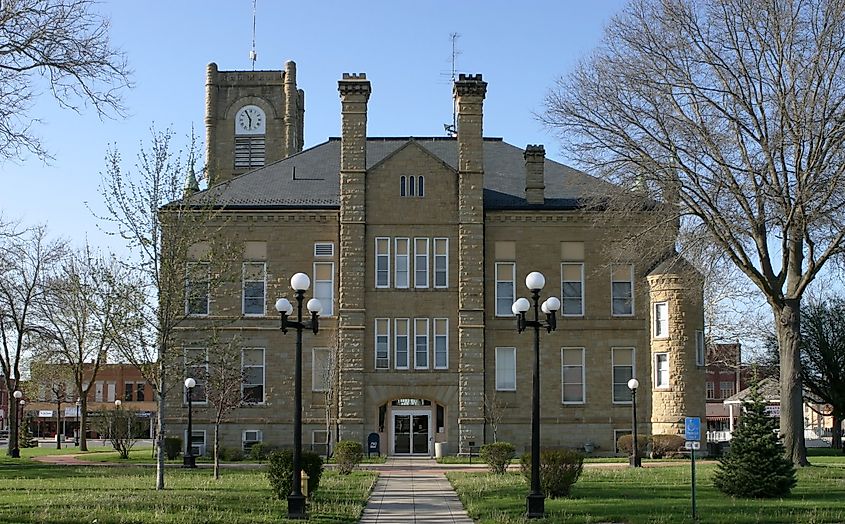
Chariton formed in the Chariton River Valley, where flowing water and lowland marshes drew early settlers to stake their claims in 1850. The nearby woodlands and wet soil quickly elated the pioneers, supplying recreation, resources, and the resolve to turn the land into a lasting civilization. The town’s center sits inside the Lucas County Courthouse Square Historic District, where the Chariton Public Library has operated since 1904. The library followed the "Chariton Plan," a layout later adopted by other libraries throughout Iowa. Across the square, the Lucas County Courthouse rises in sandstone with a conical-roofed tower and corner turrets.
At the northeast end, the Hotel Charitone stands four stories high in a rust-red brick building, with arched upper windows. Repeated renovations have restored its place on the square as both an apartment building and a restaurant space. Alongside the early work that refined its layout, Red Haw Lake, a freshwater body dammed early on, gave Chariton a steady fishing site for bluegill and crappie. The park around it sees redbud trees bloom each spring, adding soft pink along its trails. Pin Oak Marsh, just south of town, protects trumpeter swans and shorebirds through its spread of cattails and milkweed, where butterflies linger deep into summer.
Iowa Breathes Elegance From Vintage Streets To Main Street Life
From advancing civil rights to envisioning safe neighborhoods, Iowa’s historic downtowns have endured it all. Whether it was brick storefronts or miles of railroads, multiple events defined the lives of Iowans, immortalizing their memory in stone, iron, and plaster. These towns did not contribute to the Hawkeye State in silence either, as they flourished alongside their independent identities, exemplified by their theaters, festivals, and botanical gardens.
Their central business blocks do not let the communities’ cultural inheritance slip into the margins. Like Newton’s aluminum bugs to Muscatine’s giant watermelon to Waverly’s huge mug, whimsy and quirks are also enormous here, never shying from flamboyance. These Iowa towns continue to tell stories not just in monuments or architecture but in everything from limestone towers to butterfly beds, inscribing an imprint that outlasts the structures themselves.
